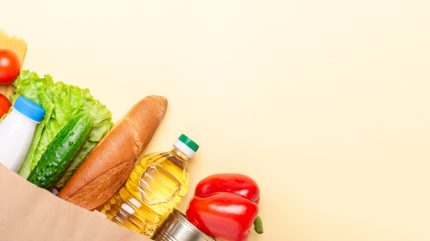
Japan has introduced new rules governing materials used in food-contact packaging—any packaging or container that directly touches food or beverages before they are consumed.
This includes items like wrappers, bottles, cans, plastic films, disposable cups, and inner linings of cartons. Because substances from these materials can sometimes migrate into food, governments regulate them to ensure safety.

Discover B2B Marketing That Performs
Combine business intelligence and editorial excellence to reach engaged professionals across 36 leading media platforms.
The changes, which took effect on 1 June 2025, mark the full implementation of the country’s “positive list” system. This system specifies which substances—such as polymers, monomers, and additives—are permitted in food-contact packaging.
The list is presented in three documents, covering base materials, additives, and essential monomers. It includes the chemical names, international CAS registry numbers, and conditions for use. The structure and approach are similar to those used in the European Union.
A transition period runs until 1 June 2030. During this time, packaging manufactured or sold before the enforcement date may continue to follow the previous regulations. This is intended to allow businesses time to adapt to the new requirements.
Testing and material standards
Alongside the positive list, Japan has amended its long-standing “Specifications and Standards for Food, Additives, etc.” (originally issued in 1959). These amendments were announced in May 2025 as Cabinet Office Notification No. 95/2025.

US Tariffs are shifting - will you react or anticipate?
Don’t let policy changes catch you off guard. Stay proactive with real-time data and expert analysis.
By GlobalDataKey changes include:
- Updated testing methods for assessing material safety, such as measuring overall chemical migration, detecting heavy metals, and using techniques like Atomic Absorption Spectroscopy (AAS) and Inductively Coupled Plasma Mass Spectrometry (ICP-MS).
- Revised standards for packaging made from glass, ceramics, synthetic resins, rubber, and metals.
- New migration limits, such as an overall migration limit of 0.1 milligrams per square centimeter for general synthetic resins.
The updated testing requirements will take effect on 1 June 2026. Products manufactured or imported before 1 June 2027 may still comply with the older standards.
Japan has also introduced mandatory total migration testing for synthetic packaging materials that do not have their own individual specifications. This requirement will also begin on 1 June 2026, with a one-year grace period.
Materials that already have specific standards—such as polyethylene terephthalate (PET), polylactic acid (PLA), and polyethylene—are excluded from this testing requirement.
Approval procedures and public disclosure
On 28 May 2025, Japan released guidelines describing how companies can apply to add new substances to the positive list. The process involves preliminary consultation, submitting safety data, providing migration testing results, and describing the intended scope of use.
The government is also revising its review procedures for food-contact materials. A draft proposal circulated in mid-2025 invited public comments.
Proposed changes include a more flexible safety review process, public disclosure of approved substances, and reassessment when new scientific information becomes available.
Looking ahead
These changes are part of Japan’s broader effort to align its food safety regulations more closely with international practices, particularly those in the EU.
The measures are intended to improve transparency, enhance oversight, and provide a clearer framework for determining which materials are safe for use in food packaging.
While the immediate impact will be felt by manufacturers, importers, and regulatory agencies, the updates also relate to consumer safety by defining more precise standards for materials that come into contact with food.





